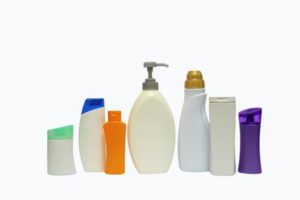 Once again research finds that endocrine disruptors are associated with health effects - this time with earlier puberty in girls. Endocrine disruptors are chemicals that interfere with the body's endocrine (or hormone) systems and can produce all sorts of negative health effects, including all sorts of reproductive problems in both males and females. Phthalates, parabens, and phenols (all used in common everyday products) are examples of endocrine disruptors.
Once again research finds that endocrine disruptors are associated with health effects - this time with earlier puberty in girls. Endocrine disruptors are chemicals that interfere with the body's endocrine (or hormone) systems and can produce all sorts of negative health effects, including all sorts of reproductive problems in both males and females. Phthalates, parabens, and phenols (all used in common everyday products) are examples of endocrine disruptors.
The researchers asked the question: Is a baby's exposure before birth or exposure around the time of puberty (peripuberty) to phthalates, parabens, and phenols (which are found in personal care products) associated with the timing of when he or she starts puberty? In other words, does the mother's exposure to these chemicals during pregnancy have an effect on the fetus, which then has an effect years later on the child's puberty? And how about peripubertal exposure? The answer is a strong YES for girls, and minimal effect on boys (but boys did have earlier genital development with propyl paraben exposure).
What is scary is that almost all women (and men) are exposed to these chemicals - which can be measured in the urine. Studies find these chemicals in over 96% of American women. What to do? One can't totally escape these chemicals, but one can really minimize exposure by reading labels and avoiding personal care products that list phthalates, parabens, phenols, as well as Triclosan (found in some anti-bacterial soaps). Avoid products that include "fragrances" or "scents" (those have a multitude of chemicals in them, including endocrine disruptors). Avoid air fresheners, dryer sheets, scented candles, room deodorizers, essential oils (lavender, tea tree oil). Buy "unscented" or "fragrance free" products.
The good news is that once a person avoids these chemicals, the levels in the body go down. So it's worth the effort minimizing exposure to them. By the way, animal studies find numerous reproductive effects from these chemicals, including timing of puberty. From Medical Xpress:
Chemicals in personal care and household products linked to earlier puberty in girls
Chemicals that are widely used in personal care and household products are linked to girls entering puberty at earlier ages, according to findings from a long-running study of mothers and children published today. The study in Human Reproduction, one of the world's leading reproductive medicine journals, found that chemicals such as phthalates, parabens and phenols were all associated with earlier puberty in girls, although there was no similar association observed in boys.

 Pregnant women have been advised to keep their consumption of coffee and other caffeinated beverages (tea, sodas, cocoa, energy drinks), and chocolate containing foods to a minimum for decades. Currently the American College of Obstetrics recommends that women consume less than 200 mg of caffeine (from any source) per day during pregnancy. This is less than 2 cups of regular coffee or 4 cups of regular black tea. But a recent study's findings suggest that the levels should be kept much lower.
Pregnant women have been advised to keep their consumption of coffee and other caffeinated beverages (tea, sodas, cocoa, energy drinks), and chocolate containing foods to a minimum for decades. Currently the American College of Obstetrics recommends that women consume less than 200 mg of caffeine (from any source) per day during pregnancy. This is less than 2 cups of regular coffee or 4 cups of regular black tea. But a recent study's findings suggest that the levels should be kept much lower. Can pesticides be detected in your home? A
Can pesticides be detected in your home? A 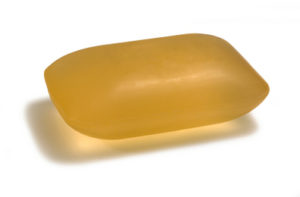 An interesting
An interesting  All the seasons are beautiful here in the northeast US, but there is a dark side to nature - ticks. Tick numbers, types of ticks, and diseases (including Lyme disease) that people are getting from tick bites are all increasing. Nothing seems to stop their spread and their increasing numbers.
All the seasons are beautiful here in the northeast US, but there is a dark side to nature - ticks. Tick numbers, types of ticks, and diseases (including Lyme disease) that people are getting from tick bites are all increasing. Nothing seems to stop their spread and their increasing numbers. The reality is that we are exposed to thousands of industrial chemicals in our daily lives - in our foods, products, even in dust. Chemicals can get into us through
The reality is that we are exposed to thousands of industrial chemicals in our daily lives - in our foods, products, even in dust. Chemicals can get into us through 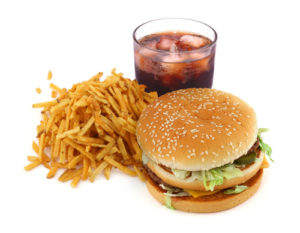 The American Academy of Pediatrics (representing 67,000 pediatricians) has come out with a statement expressing
The American Academy of Pediatrics (representing 67,000 pediatricians) has come out with a statement expressing  The last few days a number of articles appeared in the news about the official US government's
The last few days a number of articles appeared in the news about the official US government's 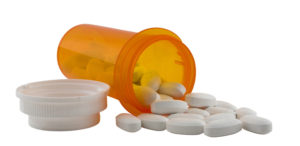 A recent
A recent 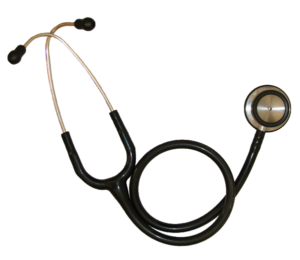 When I was growing up, it was quite fashionable for children to have their tonsils removed. A few sore throats, and BOOM - they were taken out. But what are the long term consequences of having the tonsils or adenoids removed in childhood? Are there any?
When I was growing up, it was quite fashionable for children to have their tonsils removed. A few sore throats, and BOOM - they were taken out. But what are the long term consequences of having the tonsils or adenoids removed in childhood? Are there any?